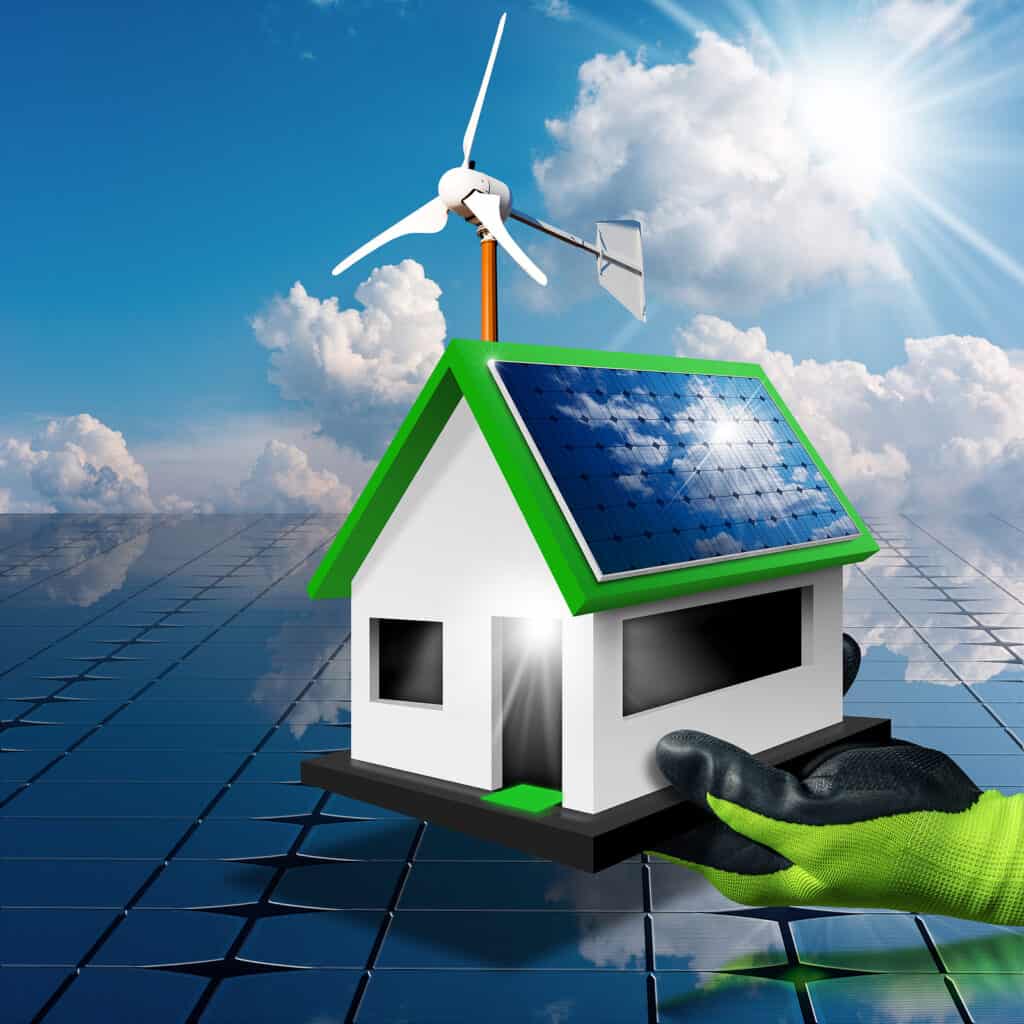Small but Mighty: Exploring the Benefits of a 3000 Watt Wind Turbine
As a company, embracing renewable energy sources like wind power has become a top priority due to the increasing awareness of the detrimental impact of fossil fuels on the environment. With its efficiency in generating electricity from the wind, wind turbines have emerged as a viable solution, available in various sizes depending on their energy production capacity. In this article, we will delve into the advantages of a 3000 Watt wind turbine and explore why it could be the ideal choice to fulfill your company's renewable energy needs.
By incorporating wind power into our energy strategy, we have witnessed significant savings in our electricity expenses, directly contributing to the enhancement of our bottom line and overall profitability. This shift to sustainable energy sources aligns with our commitment to environmental responsibility and underscores our dedication to a cleaner, greener future. Furthermore, utilizing wind turbines allows us to diversify our energy sources, reducing our reliance on traditional energy markets and insulating our company from potential price fluctuations.
Understanding Wind Energy
To gain a comprehensive grasp of the 3000 watt wind turbine, it is imperative to first delve into the fascinating world of wind energy. Wind energy stands as a remarkable technological achievement that capitalizes on the inexhaustible power of the wind to produce electricity. The process involves converting the kinetic energy of moving air masses into a usable and sustainable energy source.
One of the most appealing aspects of wind energy is its status as a renewable resource. Unlike finite fossil fuels that will eventually be depleted, wind energy offers an abundant and perpetual supply of power as long as the Earth's atmosphere continues to circulate air. This sustainability grants humanity a promising solution to combat the ever-looming threat of energy scarcity and dependence on non-renewable resources.
What is a 3000 Watt Wind Turbine?
The 3000 Watt wind turbine is an innovative and efficient renewable energy device designed to harness the immense power of the wind and convert it into usable electrical energy. This technology represents a crucial step towards achieving a more sustainable and eco-friendly energy landscape.
At the heart of the 3000 Watt wind turbine lies a rotor, equipped with precisely engineered three blades. When the wind blows, these blades catch the air currents, causing the rotor to spin rapidly. This spinning motion sets the entire mechanism into action and triggers the functioning of a generator integrated within the turbine structure.
The generator is a pivotal component responsible for transforming the mechanical energy produced by the spinning blades into electrical energy. Through electromagnetic principles, the generator generates an electric current, producing a continuous stream of power. The electricity thus generated can be utilized immediately to power electrical appliances, machinery, or lighting systems directly.
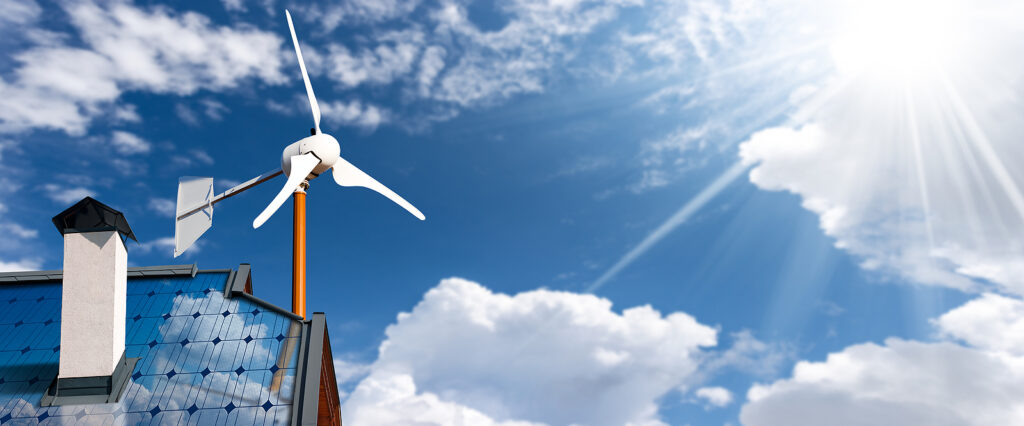
Benefits of a 3000 Watt Wind Turbine
Cost-Effectiveness
The 3000 Watt wind turbine presents a compelling advantage in terms of cost-effectiveness. When compared to larger residential wind turbine models with hefty price tags reaching over $100,000, the 3000 Watt variant proves to be far more affordable, typically falling within the range of $5,000 to $15,000. This significant cost reduction opens up an accessible avenue for individuals and businesses alike to invest in renewable energy without incurring exorbitant expenses.
Suitable for Residential Use
The 3000 Watt wind turbine is an optimal choice for residential applications, catering to the energy needs of homeowners with utmost efficiency. Its compact size allows for installation in residential backyards, making it an unobtrusive addition to the landscape. Despite its smaller scale, this turbine can generate ample electricity to power an entire home, supporting a sustainable and eco-friendly lifestyle. Additionally, its relatively quiet operation ensures that neighbors remain undisturbed by its presence. Furthermore, many states offer attractive tax incentives and rebates for homeowners who choose to invest in wind energy solutions, helping to offset the initial installation costs and encouraging wider adoption.
Low Maintenance
The 3000 Watt wind turbine demands minimal maintenance in comparison to larger, more complex turbine systems. Thanks to its streamlined design and reduced number of moving parts, the risk of mechanical failures is significantly decreased. Furthermore, this particular turbine does not rely on intricate lubrication systems, thereby eliminating the need for frequent oil changes or other demanding routine maintenance tasks. Its low-maintenance nature translates into cost savings and increased efficiency for the turbine's lifespan.
Environmentally Friendly
As a proponent of wind energy, the 3000 Watt wind turbine emerges as an eco-conscious and environmentally friendly choice. Wind power represents a clean, renewable energy source, devoid of greenhouse gas emissions or other harmful pollutants typically associated with conventional fossil fuel-based power generation. By harnessing the power of wind with this turbine, users actively contribute to reducing their carbon footprint and protecting the environment from the detrimental effects of climate change.
Reliability
Reliability is a crucial factor in any energy generation system, and the 3000 Watt wind turbine excels in this regard. Designed to be dependable even in low wind conditions, it ensures a continuous power supply throughout varying weather patterns. With sturdy construction and engineering, this turbine is capable of withstanding harsh environmental conditions, ensuring its durability and longevity. When complemented with energy storage solutions, such as batteries, users can maintain a steady power supply during periods of minimal wind activity, further enhancing its reliability.
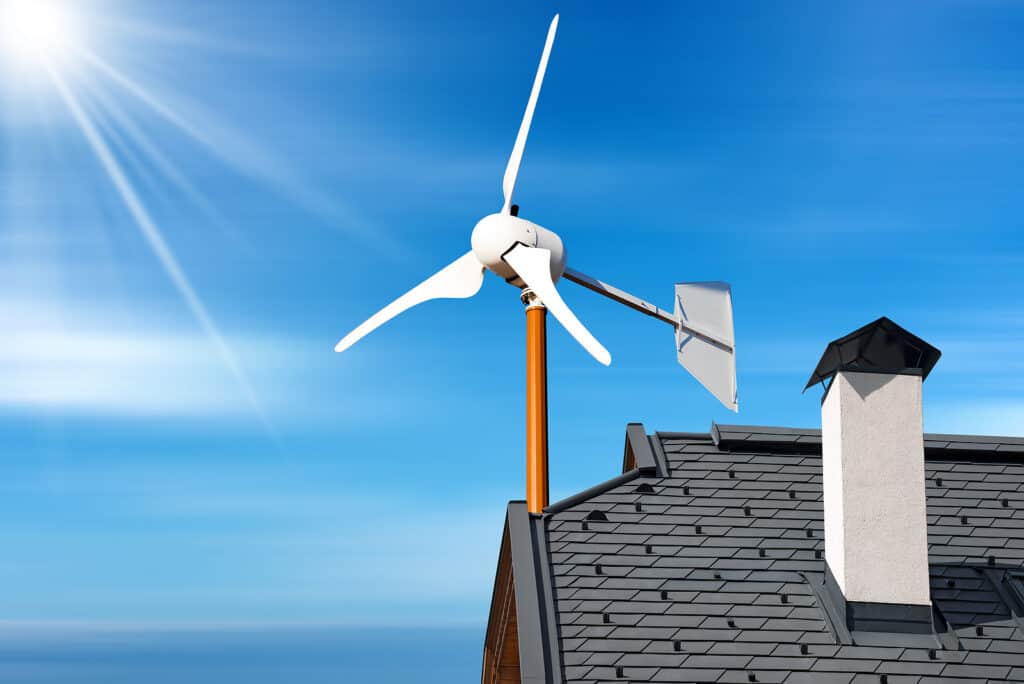
Comparing 3000 Watt Wind Turbines with Larger Models
When comparing 3000 Watt wind turbines with their larger counterparts, it becomes evident that each has unique advantages catering to specific needs and applications.
Space Requirements and Installation Costs
One notable advantage of the 3000 Watt wind turbine is its compact size, demanding significantly less space for installation compared to larger models. This characteristic makes it an ideal choice for residential settings, farms, or small businesses where available land might be limited. Additionally, due to its smaller scale, the installation costs are considerably lower than those associated with larger turbines. This affordability factor makes the 3000 Watt turbine an attractive option for individuals and smaller-scale projects looking to harness renewable energy without an overwhelming financial investment.
Maintenance and Regulatory Considerations
The 3000 Watt wind turbine showcases another advantage in terms of maintenance and regulations. With fewer components and moving parts, maintenance requirements are notably reduced compared to larger, more intricate turbine systems. This translates to lower operational costs and ease of maintenance, making it an efficient choice for homeowners and small businesses who seek a hassle-free and cost-effective renewable energy solution. Moreover, due to its size, the 3000 Watt turbine is often exempt from certain regulations that apply to larger turbines, simplifying the installation process and streamlining the regulatory procedures.
Power Generation and Cost-Effectiveness for Large-Scale Operations
On the other hand, larger horizontal axis wind turbines boast their own set of advantages, particularly in terms of power generation and cost-effectiveness for large-scale operations. Larger turbines can harness more wind energy due to their greater size, which results in higher electricity production. For commercial wind farms or large-scale industrial applications, where a substantial power output is necessary, larger turbines prove to be a more suitable choice. Though they may involve higher upfront costs, their long-term cost-effectiveness becomes apparent when supplying energy to a significant number of consumers or industries.
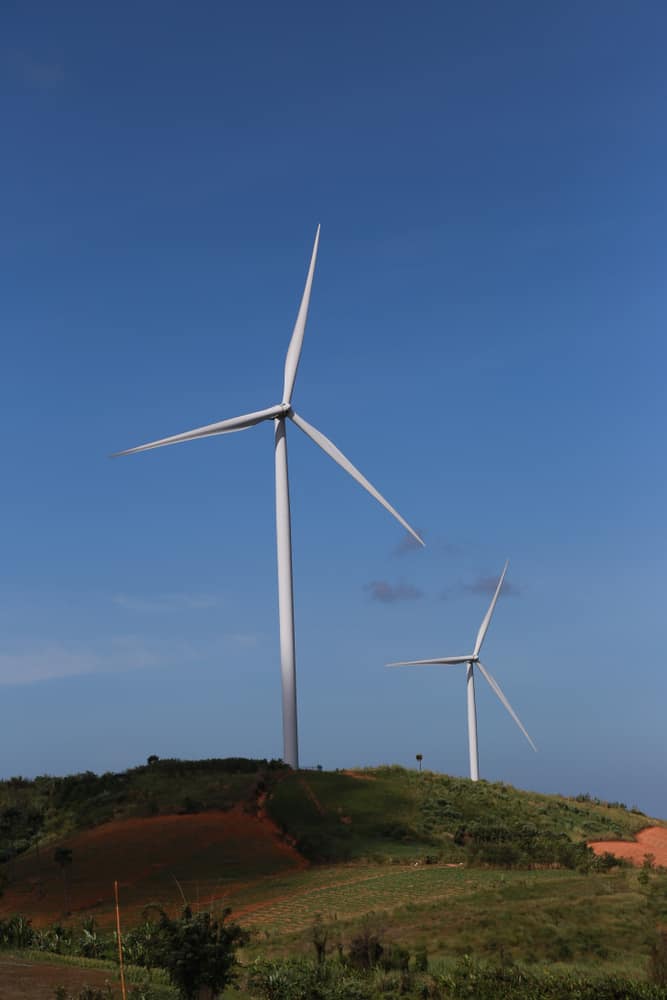
How to Choose a 3000 Watt Wind Turbine
Investing in a 3000 watt wind turbine requires careful consideration of several essential factors to ensure optimal performance and long-term satisfaction with your renewable energy system. Here's a detailed breakdown of key aspects to assess when choosing the right 3000 watt wind turbine:
Wind Speed and Consistency
Begin by thoroughly evaluating the wind conditions in your local area. An in-depth understanding of the prevailing wind patterns is critical for selecting an appropriate turbine. Ideally, a location with consistent, high-speed winds is advantageous as it maximizes the turbine's energy output. However, advancements in turbine technology have enabled 3000 watt models to function effectively even at lower wind speeds, broadening their range of usability. Assessing the average wind speeds throughout the year and identifying wind turbulence patterns will help you determine the turbine's potential energy generation at your chosen site.
Local Regulations
Before proceeding with the installation, it is vital to research and understand the local regulations governing wind turbine placement. Some areas may have specific zoning restrictions or permits required for turbine installation, particularly for residential setups. Contacting local authorities or relevant agencies to inquire about permits, noise regulations, and setback requirements is crucial to ensure compliance and prevent any future issues.
Installation Site
Choosing the most suitable location for your 3000 watt wind turbine significantly impacts its performance and efficiency. An unobstructed and elevated site with clear exposure to prevailing winds is ideal. Avoid placing the turbine near tall structures, trees, or buildings that could create turbulence or block the wind flow. A thorough site assessment may involve consulting with wind energy professionals or conducting a feasibility study to determine the best position for your turbine and potential energy yield.
Maintenance and Warranty
When selecting a wind turbine, consider the manufacturer's offered warranty and maintenance requirements. A robust warranty provides assurance of the turbine's quality and performance over an extended period. Assess the warranty coverage, duration, and whether it includes essential components like the blades, generator, and tower. Additionally, inquire about the manufacturer's support and service options for maintenance and repairs. A turbine with accessible spare parts and reliable maintenance services will ensure smooth operation and longevity.
Energy Storage and Integration
While the 3000 watt wind turbine can directly power electrical appliances or equipment, considering energy storage solutions can enhance its efficiency and usability. Combining the turbine with energy storage, such as batteries, allows for storing surplus energy during peak wind conditions and utilizing it during low-wind periods. This approach ensures a more stable and consistent power supply, making the turbine suitable for off-grid applications or areas with intermittent grid access.
Budget and Financial Incentives
Evaluate your budget and financial considerations before finalizing your choice. While a 3000 watt wind turbine is more cost-effective than larger models, it is essential to factor in installation costs, maintenance expenses, and potential energy savings over time. Additionally, explore available financial incentives, tax credits, or rebates provided by governments or local utility companies to support renewable energy adoption. These incentives can help offset the initial investment and contribute to quicker returns on your wind turbine investment.
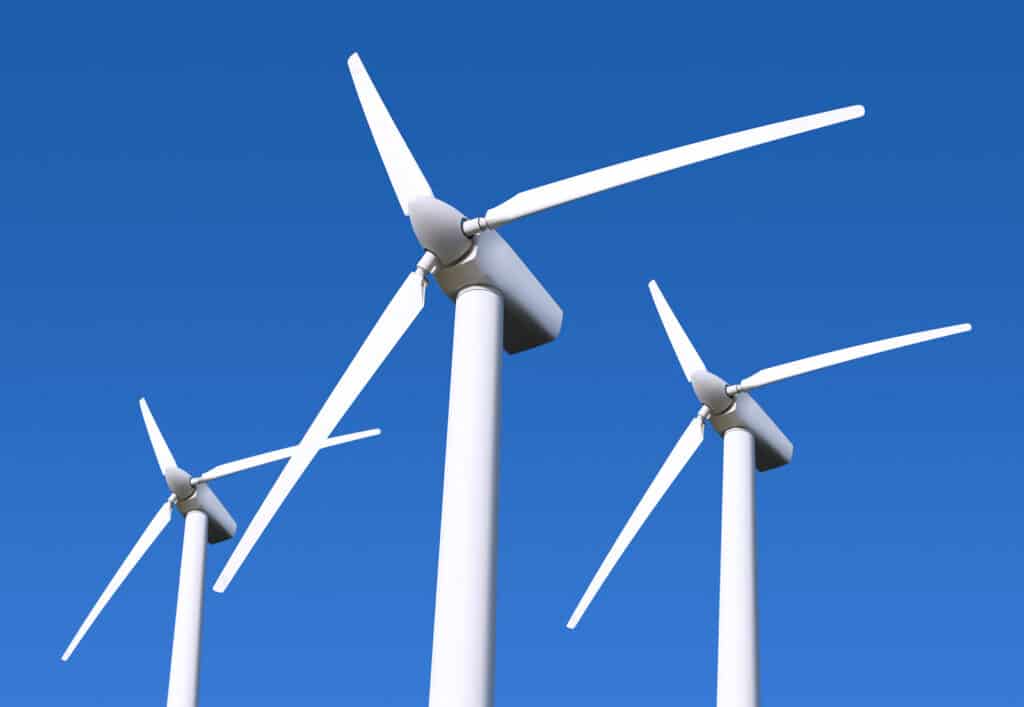
Installation and Maintenance
nstalling and maintaining a 3000 Watt wind turbine demands meticulous attention to detail to harness the full potential of wind energy. Here's a comprehensive overview of the installation process and essential maintenance practices to guarantee safe and efficient operation:
Installation
- Professional Installer Selection:
Hiring an experienced and qualified professional installer with a track record in wind turbine installations is crucial. Their expertise ensures a seamless process and adherence to industry best practices, promoting safety and efficiency.
- Site Assessment:
The installer begins by conducting a thorough site assessment to identify the most suitable location for the turbine. Factors such as prevailing wind speed, direction, and potential obstructions are carefully evaluated. An ideal location with consistent and strong winds will optimize the turbine's energy generation.
- Secure Foundation:
A robust and secure foundation is essential to support the weight and structure of the turbine. The installer ensures that the foundation is properly anchored to the ground to withstand the turbine's operational forces.
- Component Assembly:
During installation, the professional assembles the turbine components with precision. This includes attaching the blades, hub, generator, and controller. Proper alignment and balancing are crucial to ensure optimal performance and longevity.
- Wiring and Connections:
The installer expertly handles the wiring and connections to integrate the turbine with the electrical grid or battery system. This step ensures that the generated electricity is effectively transmitted and utilized.
- Safety and Efficiency Testing:
After installation, the installer conducts comprehensive tests to verify the turbine's safety and efficiency. These tests assess the turbine's performance under various wind conditions, ensuring it functions as expected.
Maintenance
- Regular Inspections:
Regular inspections are fundamental to monitor the turbine's condition and identify any potential issues early on. A professional should conduct annual inspections, checking for wear and tear, corrosion, or damage to the blades, tower, and other components.
- Electrical Connections:
Ensuring that electrical connections and wiring remain properly connected and in good condition is vital for reliable operation. Regular checks prevent power transmission issues and maintain electrical safety.
- Cleaning and Debris Removal:
Keeping the turbine clean and free of debris is crucial for its efficient operation. Accumulated debris, such as leaves or bird nests, can cause imbalance in the blades and decrease energy production. Regular cleaning helps extend the turbine's lifespan and ensures optimal efficiency.
- Lubrication and Maintenance of Moving Parts:
Appropriate lubrication of moving parts, such as the turbine's yaw mechanism, is essential to prevent unnecessary friction and wear. Regular maintenance tasks, as recommended by the turbine manufacturer, should be diligently performed to uphold performance and longevity.
3000 watt Wind Turbine FAQs
How do plug-and-play residential wind turbines work?
It designed to be easily installed and connected to a home's electrical system without the need for complex setups or professional assistance. These small-scale wind turbines are typically mounted on a pole or rooftop, where they can capture wind energy. When the wind blows, it spins the turbine's blades, which are connected to a generator inside the turbine. The rotation of the blades turns the generator, producing electricity.
This electricity is then fed into the home's electrical system, either supplementing or replacing power from the grid. Plug-and-play turbines often come with integrated inverters, which convert the generated electricity from direct current (DC) to alternating current (AC) to be compatible with household appliances and devices.
How to build a wind turbine for home use?
Building a wind turbine for home use can be a rewarding DIY project, but it requires careful planning, some technical knowledge, and safety considerations. Here's a general outline of the process:
- Research: Start by learning about wind turbines, their components, and the local wind conditions in your area. Check local regulations and zoning laws to ensure you comply with any restrictions.
- Design: Decide on the type and size of wind turbine you want to build. Vertical axis and horizontal axis are the two main types, with horizontal axis being more common for home use due to higher efficiency.
- Gather materials: Acquire the necessary materials, including blades, a hub, a generator, a tower, and a controller/inverter system. Some components, such as the generator and controller, may be purchased, while others, like blades, can be made from scratch.
- Construction: Assemble the tower and mount the generator and blades. Ensure that the blades are properly balanced and aligned for optimal performance.
- Wiring: Connect the generator to the controller and inverter, and then link the inverter to your home's electrical system.
- Safety: Work with caution when dealing with electrical components and when installing the wind turbine on a tower or rooftop. If you're not experienced in DIY projects or electrical work, consider seeking help from a professional.
Are domestic wind turbines worth it?
The value of domestic wind turbines depends on several factors:
- Wind resources: The effectiveness of a residential wind turbine heavily relies on the wind speed and consistency at your location. Areas with consistent, strong winds are more suitable for wind energy generation.
- Initial cost: Wind turbines have upfront costs, including the turbine itself, installation, and any necessary infrastructure adjustments. The initial investment can be substantial.
- Energy savings: If you have a reliable wind resource, a wind turbine can help reduce your electricity bill or even allow you to sell excess power back to the grid.
- Return on investment (ROI): The time it takes to recoup the initial investment through energy savings or income from selling excess electricity should be considered. The ROI period can vary significantly based on your location and energy consumption.
- Environmental impact: Wind energy is renewable and produces no direct greenhouse gas emissions, which can be an important factor for environmentally-conscious individuals.
Best wind turbine for home?
The best wind turbine for a home depends on several factors, including the average wind speeds at the installation site, the available space, noise considerations, and local regulations. Some popular small wind turbine options for residential use as of my last update in September 2021 were:
- Southwest Windpower Skystream: A popular and easy-to-install horizontal-axis wind turbine with a sleek design.
- Bergey Excel: Known for its reliability and durability, the Bergey Excel is a reputable option for residential wind energy.
- Primus Air 40: A cost-effective option for areas with moderate wind speeds, commonly used for off-grid applications.
- Windspot: This vertical-axis wind turbine is compact and operates quietly, making it suitable for urban and suburban settings.
Small wind turbine generator?
A small wind turbine generator is a device that converts wind energy into electrical power on a smaller scale, typically suitable for residential or small-scale commercial use. These generators are designed to be more compact and have lower power output compared to larger utility-scale wind turbines. They are usually installed on rooftops, small towers, or poles.
Small wind turbine generators typically consist of the following components:
- Blades: The part of the turbine that captures the kinetic energy from the wind. Small turbines often have two or three blades.
- Rotor: The assembly that includes the blades and the hub to which they are attached. The rotor spins as the wind blows, initiating the generation of electricity.
- Generator: Converts the rotational energy from the rotor into electrical power. Commonly used generators include permanent magnet alternators and synchronous generators.
- Tower: Supports the turbine and places it at an optimal height to capture the wind. Towers for small wind turbines are shorter than those used for large wind farms.
- Controller/Inverter: Regulates the electrical output from the generator to ensure a stable and usable electricity supply. It may also convert the electricity from DC to AC for use in household appliances.
Conclusion
In conclusion, as a homeowner or small business owner, embracing renewable energy sources like the 3000 Watt wind turbine can be a game-changer for your energy needs and the environment. The benefits of harnessing wind power are numerous and impactful.
By installing a 3000 Watt wind turbine, you not only contribute to a cleaner and greener future but also witness significant savings in electricity expenses. Its cost-effectiveness, especially when compared to larger models, makes it an accessible and practical choice for residential and small-scale commercial applications.
Moreover, the 3000 Watt wind turbine's compact size and low-maintenance nature make it an ideal fit for your property. Its ability to function efficiently even in areas with moderate wind speeds ensures a steady and reliable power supply, enhancing your energy independence.
Sources
https://www.diva-portal.org/smash/get/diva2:653098/fulltext01.pdf
https://www.osti.gov/servlets/purl/5357804
https://css.umich.edu/publications/factsheets/energy/wind-energy-factsheet

